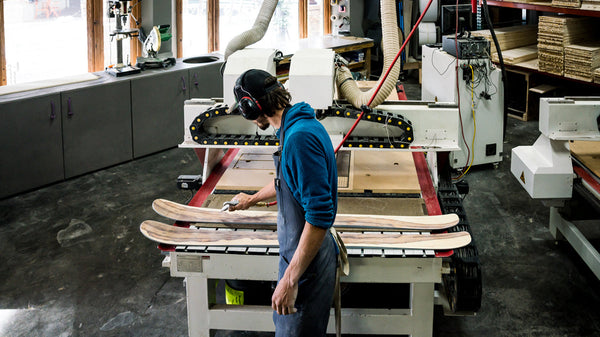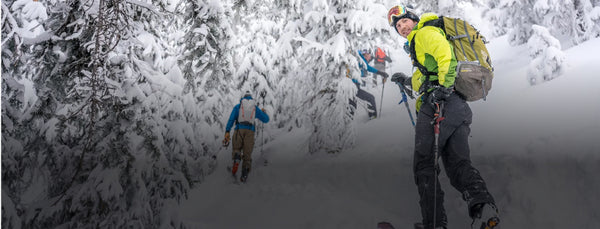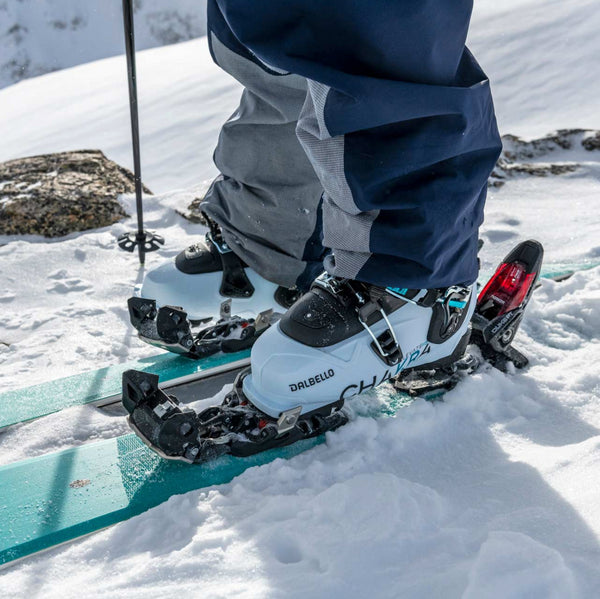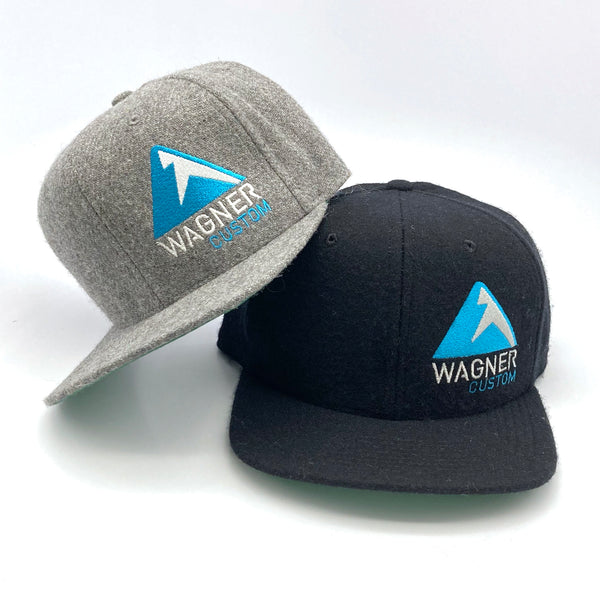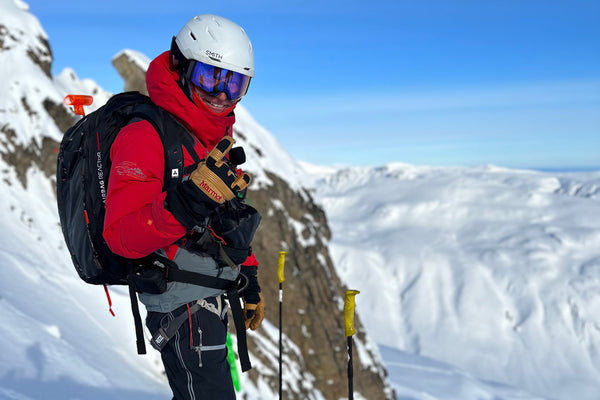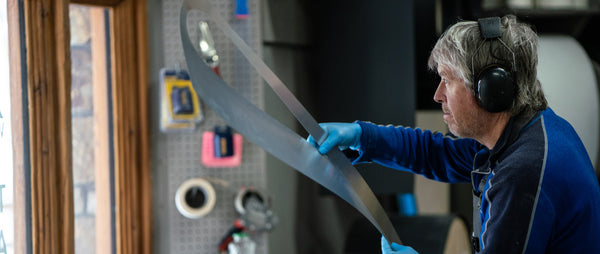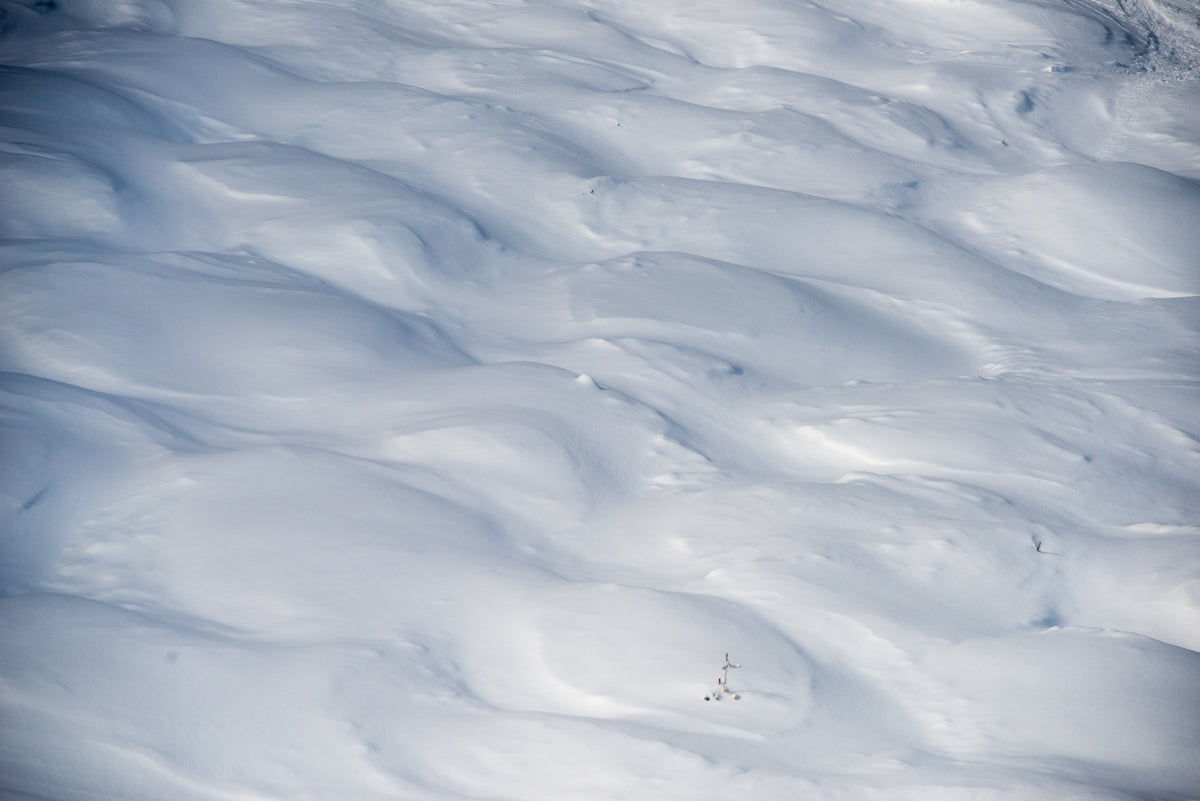
The Best Skis for Bumps
The sun is out, the arms are bare, and the soft corn is getting pushed into big mounds of snow. In the springtime, even your go-to groomers get rutted with slush bumps by the end of the day.
Bumps—like powder and groomers—are so much more fun if you have the right gear. But what makes a good bump ski? How is it different than your daily driver?
To find out, we sat down with Pete Wagner, CEO and founder of Wagner Custom Skis. Here’s what you need to know.
Shape
For bumps, you want the ski to be nimble. Which means you don’t want the ski to be too long, too wide, or too stiff. It shouldn’t have too much sidecut radius, which means the tips and tails are wider, which you don’t want in a mogul ski. A competition bumps ski, for example, is almost completely straight. This helps with quickness and makes them effective for zipper lines, but it isn’t what your everyday skier wants. For versatility, you’ll want something shorter and wider than a competitive bumps ski and a medium sidecut radius, which will still be able to carve on a groomer.

Often, whether we like it or not, moguls are firm. A little bit of shape can help you carve through the moguls when conditions are less-than-soft.
Flex
The main thing in a bumps ski is for it to have a soft enough flex, especially in the tails. If the tails are too stiff, they’ll buck you around and will be too strong in the bumps. You want it to be stiff enough that it can handle choppy snow but flexible enough to be reactive in moguls.
Length
Most recreational skiers need help with quickness in moguls, which means they would want their ski to be a little shorter than a typical all-mountain ski. Shorter skis will be more maneuverable. (Click here for more on length.)
Rocker and Camber

Rocker will be helpful in a mogul ski, specifically in the tip and tail because it will reduce the effective edge and allow it to initiate and release the turn a little easier. You don’t want a fully reverse-camber ski (you want camber underfoot for versatility on groomed), but rocker is important. In terms of weight, lighter is better than heavier for maneuverability—but you don’t want it to be too light because it will chatter in choppy or variable snow.
Conclusion
A bumps ski should be a little shorter, narrower, and more flexible, with lighter materials. It should be forgiving, especially in the tail, with rocker fore and aft.
If you want more help designing your perfect bumps ski, please contact Wagner Skis. We can walk you through every step of the process and answer any lingering questions you might have. As for learning how to ski those bumps, check out our terrain tips here.
--
Article by Caleigh Smith
Caleigh Smith has written for many publications, including Teton Gravity Research. Although her dreams of becoming the next great female telemark skier have begun to dissolve along with the menisci in her knees, her dreams of becoming a freelance adventure journalist have landed her in Jackson Hole, Wyo.


